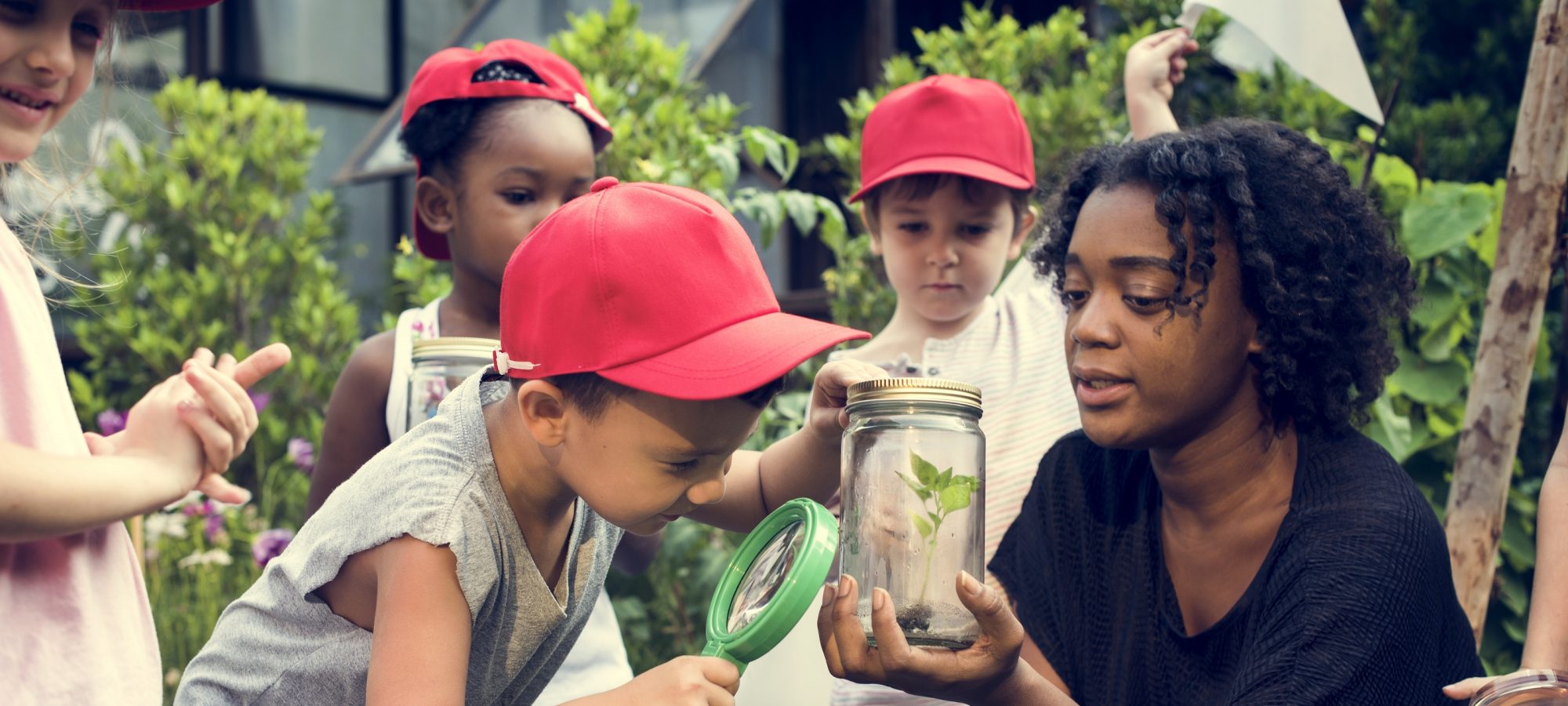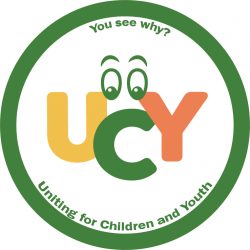One day two grade twelve boys approached their teacher to make a proud confession. They were students in a pilot program that eliminated the bells. It was a program that ran as a school within a community high school and included a cross-section of 25 grades 10 to 12 students from the overall school population. The students stayed together all day and worked as self-directed learners on mandated ministry curriculum. It was their choice to participate in the program and there were only two criteria for them to be accepted. They had to be coming to school to learn and they had to agree to help build a learning community where everyone was a teacher and a learner.
That day the boys confessed they had only pretended to be willing to help build a community of learners. They said they enrolled in the program so that they could work on computers all day, just the two of them, and they intended to have nothing to do with the “little grade 10 kids.” The thing that prompted their confession was their revelation that “we don’t even notice the age difference anymore,” which they presented to the teacher with an elated air of having discovered their humanity.
By being together all day with the freedom to run their own agendas, the students in the pilot program got to know each other. The atmosphere was more like a playground than a classroom, and as happens on a playground, the younger kids learn from the older ones, often just by watching. The two boys with their enthusiasm for programming computers were like masters of the playground. They attracted the attention of other students who were often clustered around them peering in awe at the magic the boys were creating on the screen. In was one of the way the environment nurtured an understanding of others and helped to eliminate discrimination.
A second story from the program gives the same message. There was a boy who had felt rejected and isolated in the school before enrolling in the program. He indicated that he rejected those who rejected him by dressing in dark Gothic clothing with a black trench coat being part of his constant apparel. The word “shunned” described how he appeared as he walked through the halls of the school. He consoled himself with his art creating from within his protective shell paintings that were as dark as his clothing, but this changed within the program. His paintings remained dark, but he came to be known and respected as a human being, and the students declared him their resident artist.
By placing students in learning environments where they can discover each other’s humanity, the celebration of diversity happens naturally. The story of a Vietnamese boy in the program exemplifies how people from less dominant cultures in a school can integrate, as opposed to being assimilated.
This boy was struggling to learn English and he was not unlike the Gothic artist before he enrolled in the program. He was miserable and had a permanent scowl on his face that warned others to stay away. He wanted to be anywhere other than where he was and he enrolled in the program hoping it would provide him with some form of escape.
Within a month of entering the program he was radiating sheer joy. He had made some friends with whom he beamingly jabbered much of the day, which resulted in his spoken English improving dramatically. As the holiday season approached he asked if he could organize the class Christmas party and the students enthusiastically agreed. From a life of self-exile in a crowd, he became a social co-ordinator.
The party turned out to be a public transit ride to his uncle’s Vietnamese restaurant. For some mysterious reason the boy did not ride the bus to the restaurant with the other students, but the mystery was solved when they arrived. He was already there dressed to be their maître d’. He most graciously greeted them and as he ushered them to their tables he described in amazingly good English the non-alcoholic drinks that had been prepared for them. He was the perfect ambassador for his people with his friends enjoying a memorable evening with Vietnamese culture and cuisine.
Traditional schools have been described as competitive and dehumanizing, yet these stories indicate that with no additional resources or disruption to family life, schools that cultivate a sense of belonging, wellbeing, and a celebration of diversity are well within our grasp.
These stories come from The CHIP Program that ran in an Ottawa high school.

